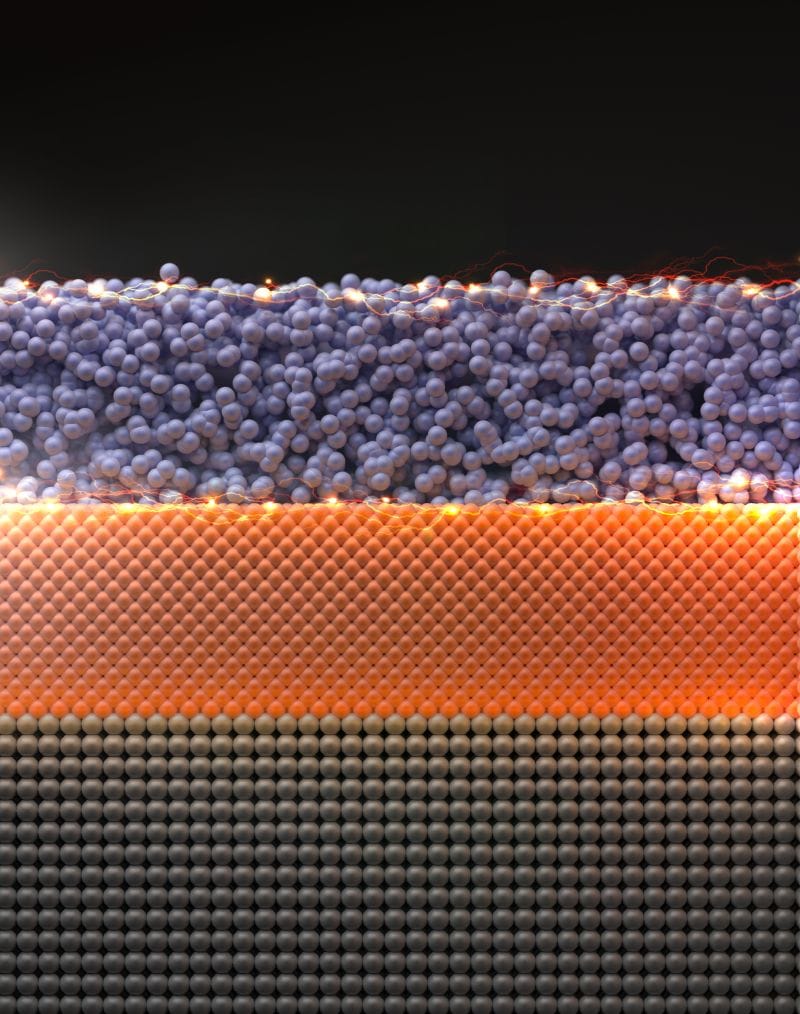RSS feed source: National Institute of Health
Notice to Extend the Expiration Date of PA-24-246 PHS 2024-2 Omnibus Solicitation of the NIH and CDC for Small Business Innovation Research Grant Applications (Parent SBIR [R43/R44] Clinical Trial Required)
The purpose of this notice is to extend the expiration date of PA-24-246 PHS 2024-2 Omnibus Solicitation of the NIH and CDC for Small Business Innovation Research Grant Applications (Parent SBIR [R43/R44] Clinical Trial Required) by one receipt date. PA-24-246 will now expire on September 6, 2025.
Due to the extension, the following dates will be added:
Standard application due date : September 5, 2025
Scientific Merit Review: November 2025
Advisory Council: January 2026
The following sections of the FOA have been changed:
Part 1. Overview Information, Key Dates
Currently reads:
Application Due DatesReview and Award CyclesNewRenewal / Resubmission / Revision (as allowed)AIDS – New/Renewal/Resubmission/Revision, as allowedScientific Merit ReviewAdvisory Council ReviewEarliest Start DateSeptember 05, 2024
Click this link to continue reading the article on the source website.
RSS feed source: National Institute of Health
Notice to Extend the Expiration Date of PA-24-245 PHS 2024-2 Omnibus Solicitation of the NIH, CDC and FDA for Small Business Innovation Research Grant Applications (Parent SBIR [R43/R44] Clinical Trial Not Allowed)
The purpose of this notice is to extend the expiration date of PA-24-245 PHS 2024-2 Omnibus Solicitation of the NIH, CDC and FDA for Small Business Innovation Research Grant Applications (Parent SBIR [R43/R44] Clinical Trial Not Allowed) by one receipt date. PA-24-245 will now expire on September 6, 2025.
Due to the extension, the following dates will be added:
Standard application due date : September 5, 2025
Scientific Merit Review: November 2025
Advisory Council: January 2026
The following sections of the NOFO have been changed:
Part 1. Overview Information, Key Dates
Currently reads:
Application Due DatesReview and Award CyclesNewRenewal / Resubmission / Revision (as allowed)AIDS – New/Renewal/Resubmission/Revision, as allowedScientific Merit ReviewAdvisory Council ReviewEarliest
Click this link to continue reading the article on the source website.
RSS feed source: National Institute of Health
In-brief analysis
March 31, 2025
In 2024, U.S. natural gas consumption averaged a record 90.3 billion cubic feet per day (Bcf/d) and set new winter and summer monthly records in January and July, according to data in our Natural Gas Monthly. Overall, U.S. consumption last year increased 1% (0.9 Bcf/d) from 2023. In January, natural gas consumption was up 12% (12.5 Bcf/d) compared with January 2023 consumption, and in July, consumption increased by 3% (2.5 Bcf/d) compared with July 2023.
Weather has a significant effect on natural gas consumption patterns. Natural gas consumption peaks in the United States in both the winter and summer. In winter, the most natural gas is consumed in January or February, when demand for space heating in the residential and commercial sectors peaks. In the summer, electricity generation increases in July and
Click this link to continue reading the article on the source website.
RSS feed source: National Institute of Health
With multiple grants and research infrastructure provided by the U.S. National Science Foundation, researchers have shown that a newly developed material, niobium phosphide, can conduct electricity better than copper in films that are only a few atoms thick. These films can also be created and deposited at sufficiently low temperatures for compatibility with modern computer chip fabrication — and may help make future electronics more powerful and energy efficient.
So far, the best conductor candidates to outperform copper in nanoelectronics have had only exact crystalline structures, meaning they require very high temperatures to be formed. These new niobium phosphide films are the first examples of noncrystalline materials that become better conductors as they get thinner. The research is led by Standford University and results were published in Science.
“We are breaking a fundamental bottleneck of traditional materials like copper,” says Asir Intisar Khan, a postdoctoral researcher at Stanford University and an author on the research paper. “Our niobium phosphide conductors show that it’s possible to send faster, more efficient signals through ultrathin wires. This could improve the energy efficiency of future chips, and even small gains add up when many chips are used, such as in the massive data centers that store and process information today.”
![Notice to Extend the Expiration Date of PA-24-246 PHS 2024-2 Omnibus Solicitation of the NIH and CDC for Small Business Innovation Research Grant Applications (Parent SBIR [R43/R44] Clinical Trial Required)](https://resilienceengineeringinstitute.org/wp-content/uploads/2018/01/NIH-logo-v2.jpg)

